When I arrived in Gaspé, at the eastern tip of Québec’s Peninsula of the same name, I was literally taken aback by the rugged, dramatic beauty of the scenery that surrounded me. It felt strange to be so viscerally affected by what appeared, even under bright sun and extremely warm temperatures, to be a very cold landscape, given my longstanding aversion to the lower reaches of the thermometer.
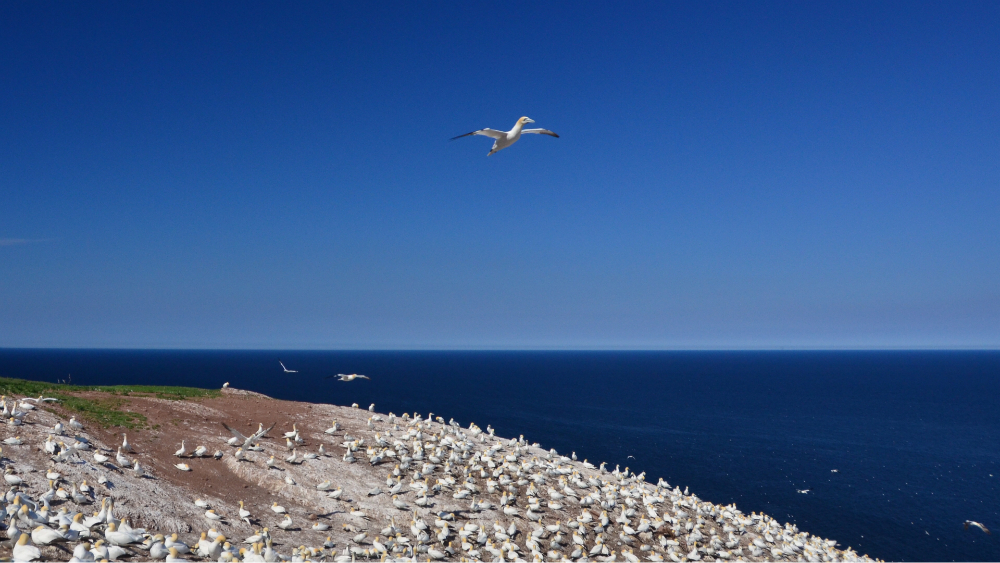
As my car sped toward the ever-closer Gulf of St. Lawrence, I drew parallels between what I saw outside my window and the forests of western Sweden: Towering evergreen trees; pinks and purple lupines; and dark, choppy bodies of water as far as the eye could see. But the moment I saw the iconic symbol of Gaspésie – rocher percé, or “pierced rock” – I knew I was in a place completely its own.

Perce
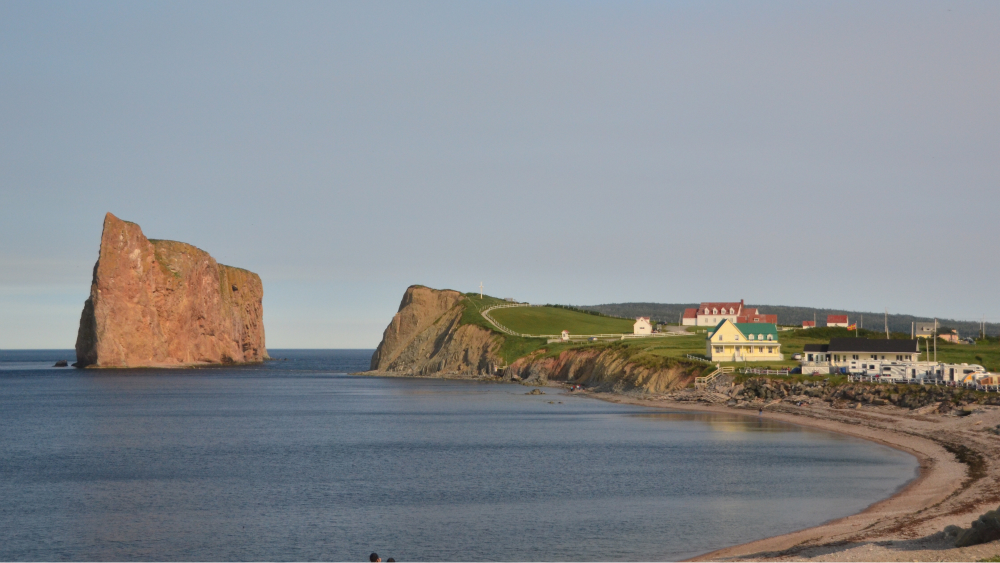
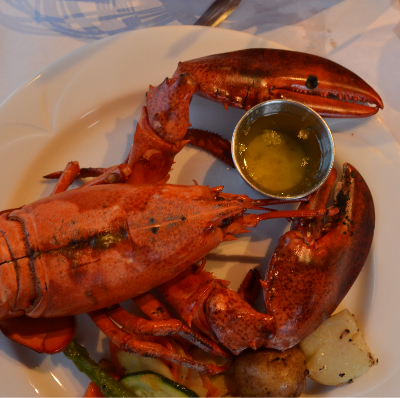

Officially, my first day on the Gaspé peninsula began in Percé, located on the easternmost reaches of mainland Québec, about an hour’s car or bus ride from Gaspé airport. Dotted with quaint inns and kitschy seafood restaurants and encircled by dramatic, plunging hillsides, Percé is not only an incredible vantage point for its namesake rock, but a hopelessly charming place to enjoy an afternoon.
The allure of Percé is in how simultaneously familiar and alien it seems, the combination of its being a typical a seaside resort town, and the otherworldly, magical way its quirks and nuances creep up on you. It’s the contradiction between how popular Percé technically is – its summertime population explodes to more than 10 times the number of permanent residents – and how deserted it seems.
It’s the big things – le homard naturel at the Maison de Pêcheur – and the little things, like the upside-down menu in front of the ice cream stand, and the understated cross at the top of the hill that overlooks the town’s pebble-covered beachfront. It’s seeing that incredible rock just offshore, and wanting to get closer, but never wanting to leave your balcony at the Auberge Les Trois Soeurs.
Bonaventure Island
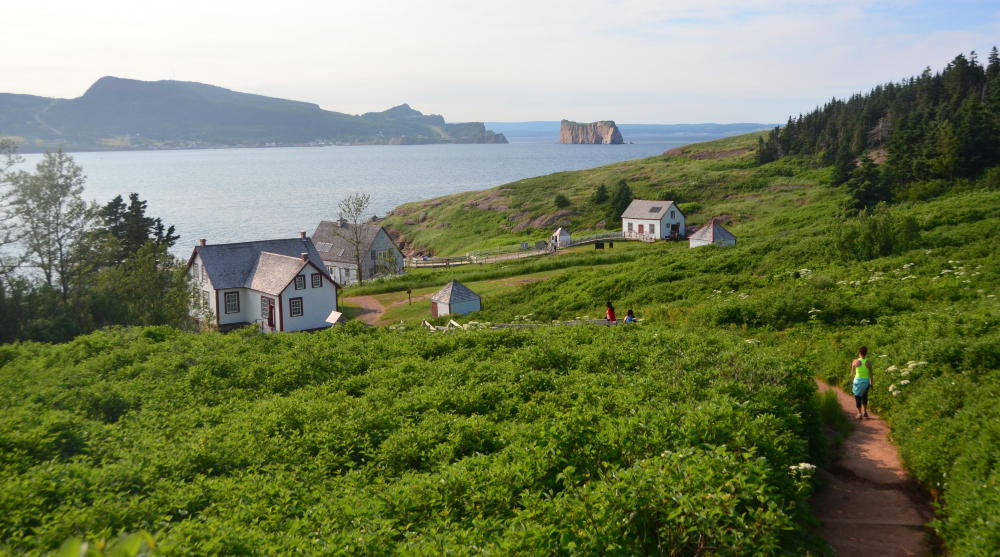
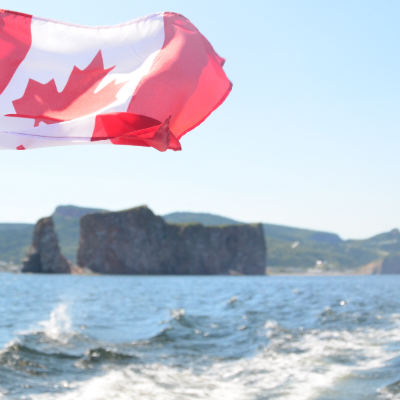
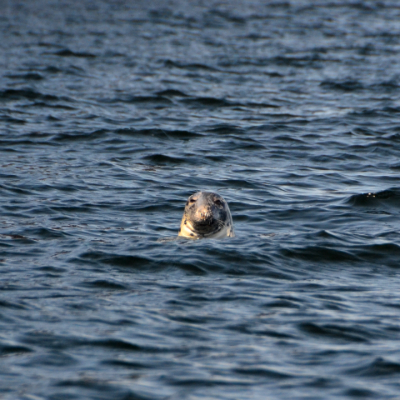
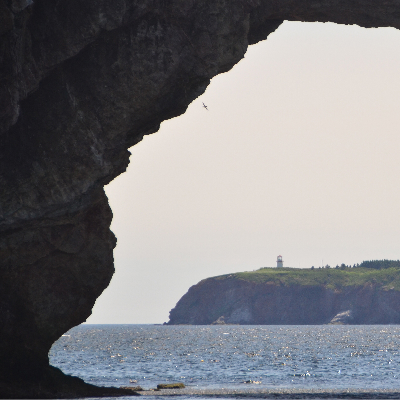
As much as I wanted to stay in Percé, and as cool as I would’ve been just marveling at its namesake rock from the town pier, a boat was waiting for me, a boat that would take me not only around said rock, which is somehow even more magnificent up-close, but to a place called Bonaventure Island – Île de Bonaventure in French – which was a “good adventure,” to say the least.
Bonaventure Island is just as hopelessly charming and magnificent as Percé and its rock, from the century-old dwellings that dot it shores, with blue-and-white Québec flags flying proudly over them, to the vast swaths of evergreen forest that seem to extend forever from the hiking trail, to the sublime freshness of the breezes that blow in from the dark, sapphire sea that surrounds the island.
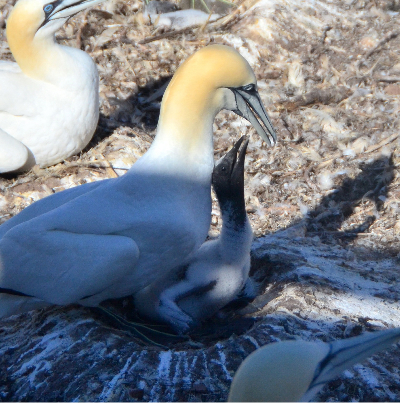

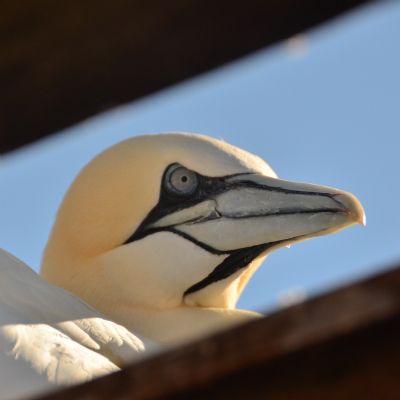
But the highlight of the Bonaventure Island experience, which you can observe at great length on the hour-long boat ride in, is the huge colony of northern gannets that exists on its northern shore. The seals, which you might also see if you’re lucky, are nice too, but they simply don’t compare in scale or in majesty to the white-and-yellow seabirds whose presence has come to define this place.
It was only upon hiking across the island and arriving to the top of the rocky cliffs where the gannets live that I learned the enormity of the gannets’ numbers – 50,000 mating couples – but that they were an enormous population was evident from the moment I saw the first one flying my way as I peered off the side of the boat in childlike wonderment. That, and the strong smell of gannet poo.
The best thing about my experience in Percé and on Île Bonaventure? It was merely the start of one of the most incredible journeys of my life, which I’m excited to tell you more about in the coming days and weeks.

Robert Schrader is a travel writer and photographer who’s been roaming the world independently since 2005, writing for publications such as “CNNGo” and “Shanghaiist” along the way. His blog, Leave Your Daily Hell, provides a mix of travel advice, destination guides and personal essays covering the more esoteric aspects of life as a traveler.








